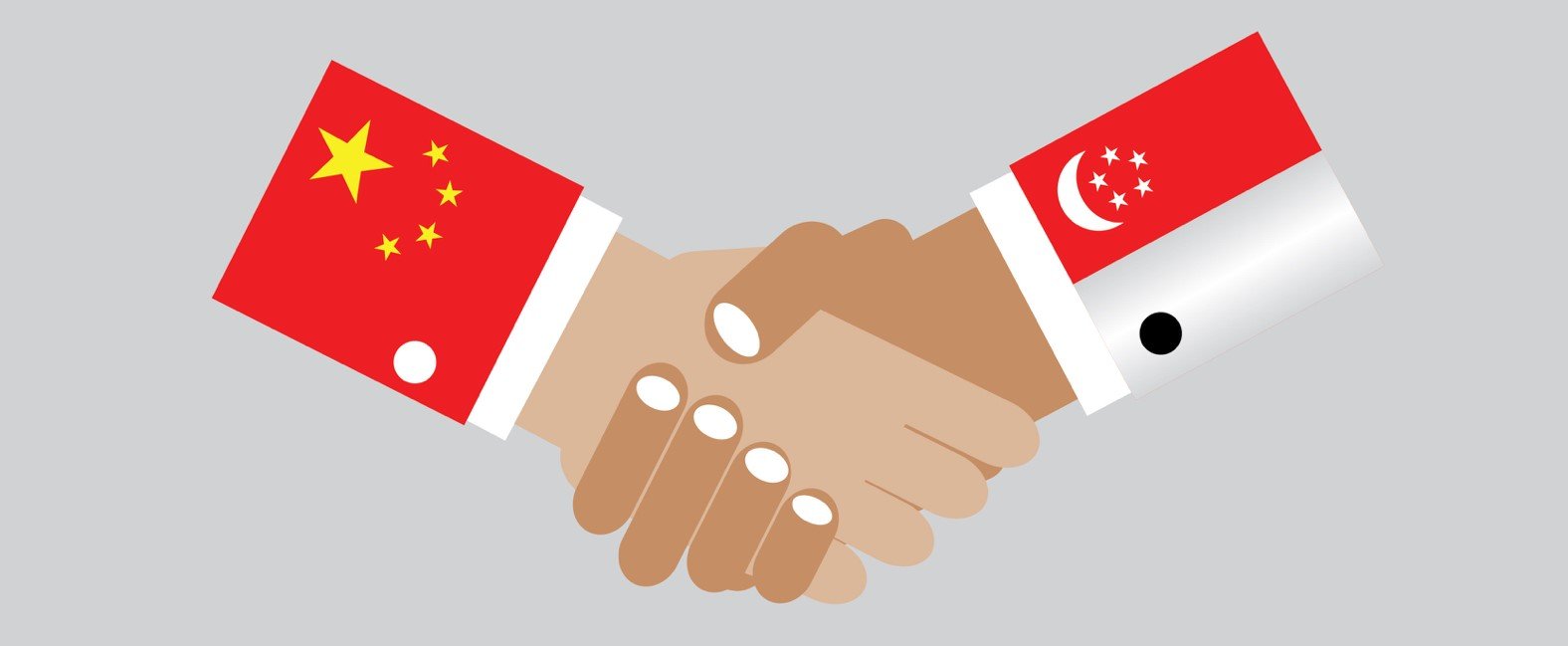

Dec
Right from the beginning, it is worth pointing out that Singapore has always done its best to avoid being labeled as the “Third China” (with the other two being, of course, the People’s Republic of China and the Republic of China – Taiwan) in light of the fact that three of four Singapore citizens are ethnically Chinese.
As such, Singapore ended up being quite prudent when establishing formal diplomatic relationships with the People’s Republic of China. Informal relations began in the seventies, with 1990 marking the beginning of official ties, once (as what happened with other nations) Singapore switched from “Republic of China” to “People’s Republic of China” when it came to diplomatic terminology and modus operandi.
Again, however, “prudence” was the operative word. The fact that the first unofficial visits of Singapore officials to China were conducted in English to send a clear message speaks for itself, as does the fact that Singapore was the last of the ASEAN nations to establish formal diplomatic relationships with the People’s Republic of China.
Furthermore, while Singapore is not directly involved in the South China Sea dispute, it frequently ends up positioning itself on the opposite side of the spectrum compared to China for the sake of ASEAN unity. Also, it supports a strong United States presence in the region, for reasons which revolve around its own sovereignty-related calculations.
Pragmatism, however, prevails.
Just like other regional geopolitical players, Singapore officials have understood that there is no stopping the secular mega-trend that is China, whether we are referring to economic growth or geopolitical influence. Furthermore, the fact that this trend is correlated with another mega-trend when it comes to the United States stepping back in many respects adds gasoline to the fire and creates a perfect positive storm, if you will, as far as the Singapore-China relationship is concerned.
Economically speaking, things are even more obvious. While Singapore was the last ASEAN nation to establish official diplomatic ties with the People’s Republic of China, it has been among the top ASEAN countries (even the leader in some respects/situations) in terms of trade with China. At this point in time, the total China – Singapore trade volume hovers around the 80 billion dollar area, with roughly 45 billion being represented of Chinese exports to Singapore and the rest by Singapore’s exports to China. As can be seen, China enjoys a trade surplus but the situation is fairly balanced, especially if we are to compare the status quo to the US situation, with roughly 430 billion in Chinese exports to the US and only slightly over 153 billion in US exports to China.
To put it differently, both parties tend to perceive the current trade-related status quo as a win-win equation.
Of course, the situation does seem rather asymmetrical at this point in time, in light of China’s dominance when it comes to pretty much any imaginable metric, from nominal GDP to population size. Furthermore, while China currently represents Singapore’s #1 trading partner, Singapore only represents China’s #10 trading partner.
Can Singapore be considered dependent on China?
Most definitely not. Yes, mainland China is its top trading partner but only marginally so, with just over 12% of Singapore’s exports heading that way. Things do get a little bit tricky if we add the #2 trading partner (Hong Kong) to the mix with its almost 12% but other nations are not that far behind, for example Malaysia (trading partner #3) with almost 11$, Indonesia and the US with approximately 8% each and so on. If we only factor in mainland China, 12% is hardly a problematic percentage and even if we are to add Hong Kong to the mix without asking further questions, 24% is not the end of the world.
Beneficiary of trade with China? Most definitely.
Dependent? No.
Of course, China does seem far better positioned from the “Is it dependent on trade with Singapore?” perspective, with only approximately 2% of its exports heading toward Singapore. Again, it is hard to think of metrics other than examples such as the GDP per capita which don’t paint the picture of a status quo which is asymmetrically in China’s favor.
Yet despite this reality, we are looking at a thriving trade relationship between the two entities rather than one which involves some kind of subordination. From economic cooperation to bilateral projects which involve anything from culture to military exercises, examples which make it clear that the relationship between the two entities is pragmatically robust abound.
While there are indeed instances where the interests of China and Singapore diverge, Southeast Asian “Realpolitik” ultimately prevails and the arguments in favor of maintaining strong ties clearly outweigh those against. While nothing is set in stone in the world of geopolitics (on the contrary), let’s just say it is relatively hard to envision scenarios which revolve around a dramatic deterioration of Sino-Singapore relations.
